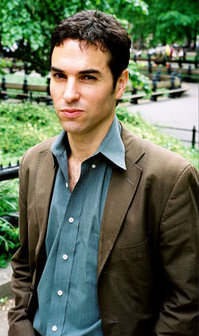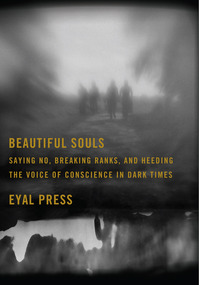(p. C4) Most business people and physicians privately admit that many of their decisions are based on intuition rather than on detailed cost-benefit analysis. In public, of course, it’s different. To stand up in court and say you made a decision based on what your thumb or gut told you is to invite damages. So both business people and doctors go to some lengths to suppress or disguise the role that intuition plays in their work.
Prof. Gerd Gigerenzer, the director of the Max Planck Institute for Human Development in Berlin, thinks that instead they should boast about using heuristics. In articles and books over the past five years, Dr. Gigerenzer has developed the startling claim that intuition makes our decisions not just quicker but better.
. . .
The economist Harry Markowitz won the Nobel prize for designing a complex mathematical formula for picking fund managers. Yet when he retired, he himself, like most people, used a simpler heuristic that generally works better: He divided his retirement funds equally among a number of fund managers.
A few years ago, a Michigan hospital saw that doctors, concerned with liability, were sending too many patients with chest pains straight to the coronary-care unit, where they both cost the hospital more and ran higher risks of infection if they were not suffering a heart attack. The hospital introduced a complex logistical model to sift patients more efficiently, but the doctors hated it and went back to defensive decision-making.
As an alternative, Dr. Gigerenzer and his colleagues came up with a “fast-and-frugal” tree that asked the doctors just three sequential yes-no questions about each patient’s electrocardiographs and other data. Compared with both the complex logistical model and the defensive status quo, this heuristic helped the doctors to send more patients to the coronary-care unit who belonged there and fewer who did not.
For the full commentary, see:
By MATT RIDLEY. “MIND & MATTER; All Hail the Hunch–and Damn the Details.” The Wall Street Journal (Sat., December 24, 2011): C4.
(Note: ellipsis added.)
A couple of Gigerenzer’s relevant books are:
Gigerenzer, Gerd. Gut Feelings: The Intelligence of the Unconscious. New York: Penguin Books, 2007.
Gigerenzer, Gerd. Rationality for Mortals: How People Cope with Uncertainty. New York: Oxford University Press, USA, 2008.



